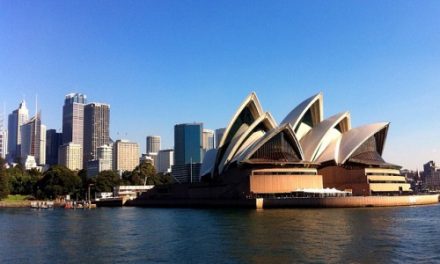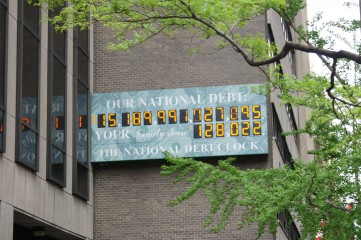Less money, more land.
That’s what most people will automatically think, and they’re not wrong. There are, however, a few more reasons why buying property in Malaysia is attractive to Singaporean buyers and investors.
Price
This is immediately obvious to any casual observer, considering the exchange rate and weakening Malaysian ringgit. Singaporeans have begun looking to Malaysia for investment or to buy their second homes, due to scarcity of land and increasing property prices, which have drawn them to search over the Causeway for more affordable housing options, or at the very least, a backup plan in case Singapore’s real estate market soars to unimaginable heights.
Location
Due to its close proximity to Singapore, properties in Malaysia are a natural choice for investment or even occupancy for many Singaporeans. While Johor properties have always been in demand as second or retirement homes, recent years have seen Singaporeans heading further north to scout for potential investments in Kuala Lumpur, Penang and Malacca. These areas are existing economic, political and cultural centres that have great connectivity and future development plans. In addition to that, with the Kuala Lumpur-Singapore High Speed Rail (HSR) in the works, properties located near major spots along the line are expected to appreciate as the project nears completion.
Loan Restrictions and Stamp Duty
One major constraint to buying more than one property in Singapore is the loan restrictions placed on buyers. Buyers who are still paying off their first home loan will only be entitled to a 50% loan for a second property, whereas in Malaysia, property loans can go up to 80% or 90%. Couple that with lower property prices and a strong exchange rate, the down payment required to purchase property in Malaysia is attractively low, to say the least. The fact that Malaysian bank loans have a slightly higher interest rate does not seem to deter investors, thanks to the overall lower acquisition costs.
Besides that, compared to Singapore’s Additional Buyers Stamp Duty (ABSD), which is 7% on a second property, and 10% on a third, Malaysia’s property stamp duty is a mere 1% to 4%, depending on the property’s value.
Rental Yields
It is no surprise that many properties in Malaysia, especially Johor, are owned by Singaporeans and rented by locals. According to real estate consultants, rental of Singapore residential properties generally yield 2-3%, whereas in major Malaysian cities like Kuala Lumpur and Penang, rentail yields can reach up to 6-7%. Some developers even have programmes to help connect tenants to buyers, which take a small cut from the rental income, but ultimately the Singaporean landlords still stand to profit from renting out their properties. The lower the cost of the property, the higher the rental yield and capital gains.
Resale Prospects
Most Singaporeans who buy property in Malaysia are either looking to stay or use it to collect rental income. Nevertheless, there are also a number who buy Malaysian property to re-sell. Unlike in Singapore, where practically every inch of real estate has been established, real estate in Malaysia is a potential goldmine, as developing areas may turn out to be major hotspots in the future. Iskandar, Johor is one such place, attracting local investors as well as those from Singapore who are anticipating it to be the next CBD hub to rival Kuala Lumpur.
References:
MoneySmart.sg
iMoney Singapore
STProperty




